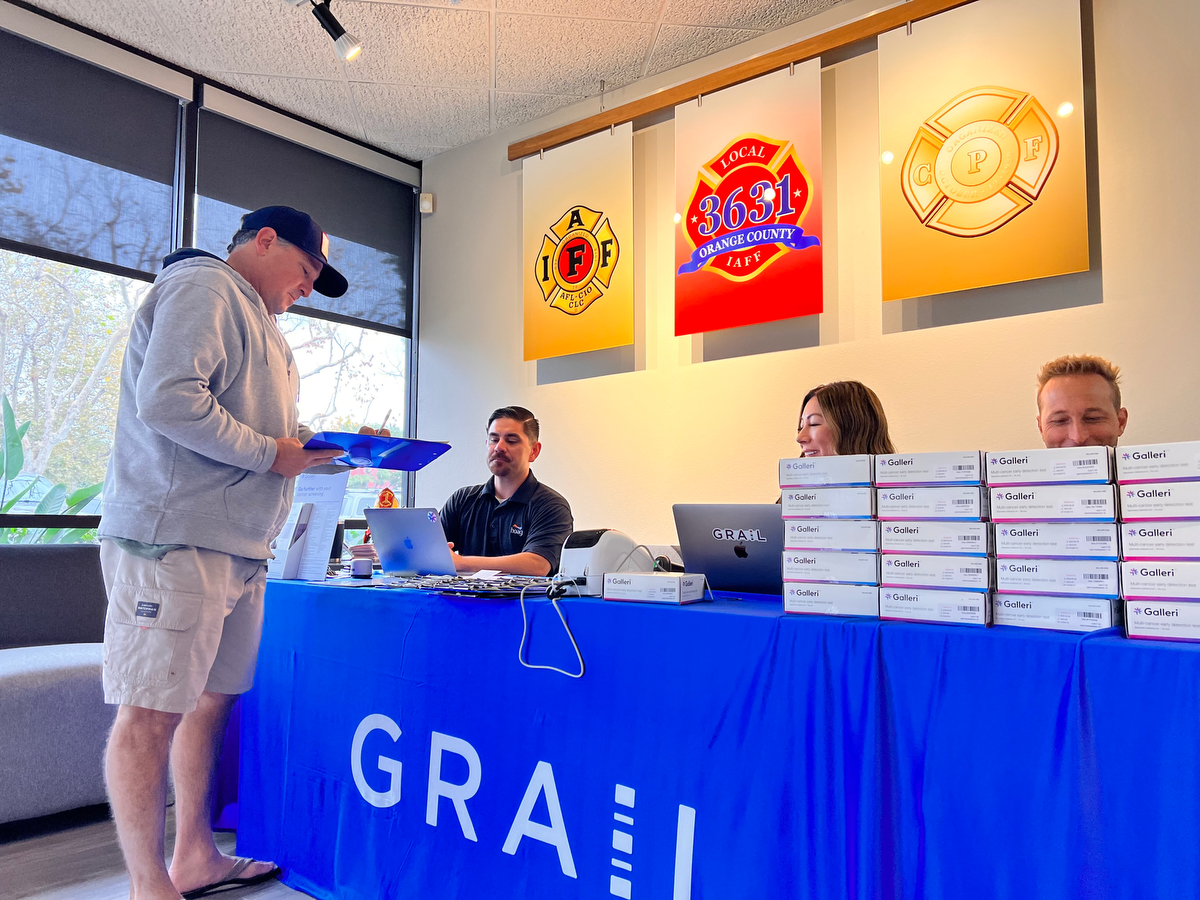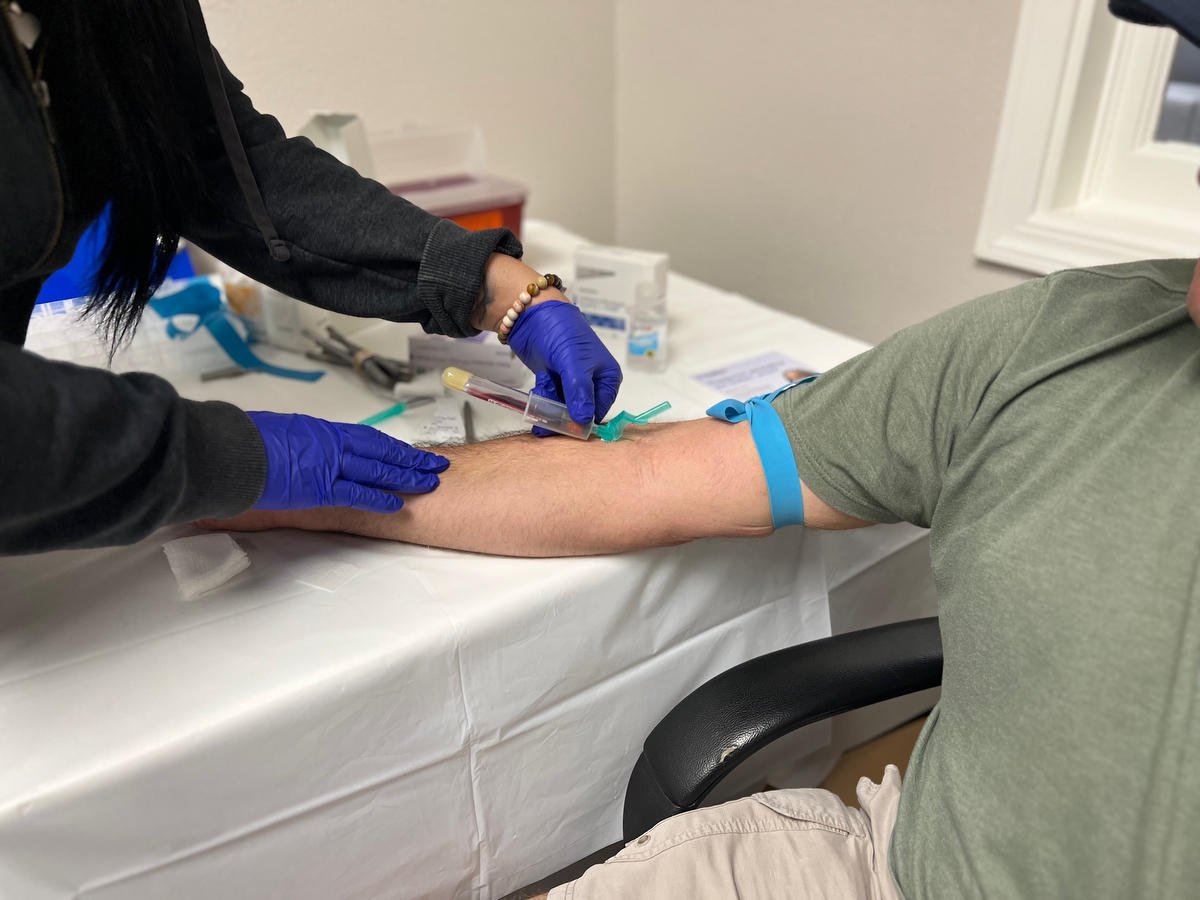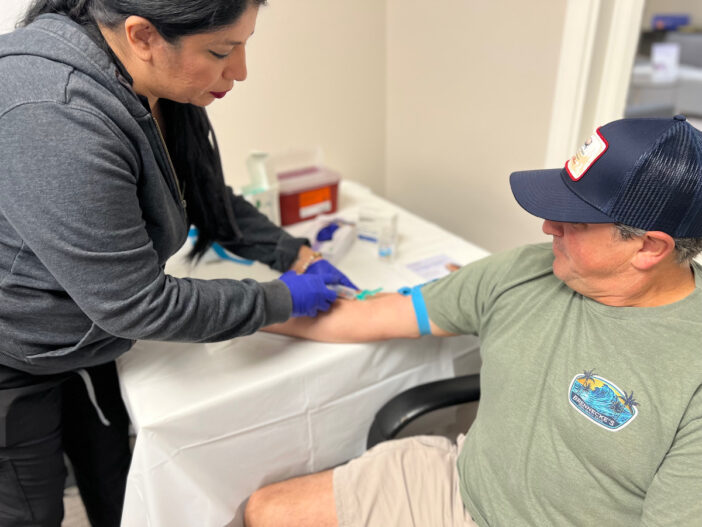When firefighters battle a blaze they face dangers seen and unseen. Although the fire itself is the immediate danger, many firefighters emerge with invisible maladies that may take years to manifest.
According to the National Fire Protection Association, “a growing body of research and data shows the contributions that job-related exposures have in chronic illnesses, such as cancer and heart disease.”
The report, launched in 2010 and verified in later years, found firefighters face a 9 percent increase in cancer diagnoses and a 14 percent increase in cancer-related deaths, compared to the general population in the U.S.
The International Association of Fallen Firefighters lists occupational cancer as the leading cause of line-of-duty deaths in the fire service and includes on its memorial those whose fatal cancers were judged to come from their service. Of the last nine Orange County Fire Authority (OCFA) firefighters on its Fallen Fighter Relief Fund for those who died in the line of service, seven were from cancer.
To help the growing number of firefighters exposed to increasingly hazardous chemicals on the job, the Orange County Firefighters Local 3631 recently played host with Hoag health system and the Grail biotechnology company to offer a two-day cancer screening event.
The Galleri test, described by the company as a “first-of-its-kind multi-cancer early detection test,” was administered to more than 200 firefighters at the Local 3631 Union Hall.

The Orange County Firefighters Local 3631 recently hosted, with Hoag health system and the Grail biotechnology company, a two-day cancer screening event.
Photo provided by OC Firefighters Local 3631
Wide-ranging exposure
Research is ongoing about the various carcinogens to which firefighters are exposed from the broad array of chemicals found not only at burn sites but in the firehouse. Among the cancers to which firefighters are more susceptible are testicular cancer for men, and cervical cancer, thyroid cancer, and breast cancer for women. Rates of mesothelioma, caused by exposure to asbestos, are double that of the general population, according to the Firefighter Cancer Support Network.
“We are in the midst of an epidemic for our firefighters,” stated OC Firefighters Local 3631 President Chris Hamm. “Every day, our members face new and unknown risks as we protect our communities.” As an example, he said, “the newest and increasing risks we face is lithium ion poisoning from battery technologies.”
Even protective gear has the potential to expose firefighters to carcinogens, he stated, from perfluoroalkyl and polyfluoroalkyl substances, or PFAS, which are used in an array of cleaning compounds and firefighting foam.
“That is why this partnership with Hoag and Grail is so important,” Hamm said. “It is critical that our OC Firefighters have access to the best and most innovative screening available so we can catch cancer in the early stages. If we save one life, detect just one cancer early, it is more than worth it.”
Hoag jumps in
Chief Medical Officer James Lindberg of Hoag Corporate Health was thrilled to be able to help avail the first responders to the technology.
“Hoag is committed to helping protect and enhance the lives of the firefighters at OCFA,” Lindberg stated in a release. “We are excited to add this exciting new technology, in collaboration with Local 3631, to our services. We believe it can help us detect many cancers earlier in this high-risk group of individuals who help protect and serve our community.”
Fire Captain Matthew Berger was among the OCFA participants who said that with OCFA he faces situations ranging from wildfires to urban search and rescue and exposing him to a variety of potential hazards.
“Being a firefighter in an all-risk department like OCFA means we have a higher exposure to toxic chemicals and carcinogens that have a lifelong impact on our bodies and health,” Berger stated in a release. “That is why I am so grateful to the union for providing this test and continuing to provide opportunities to catch cancer early and give me and my family peace of mind.”

The Orange County Firefighters Local 3631 recently hosted, with Hoag health system and the Grail biotechnology company, a two-day cancer screening event.
Photo provided by OC Firefighters Local 3631
Using advanced genomics and machine learning, the Galleri test determines the origin of the cancer signal, which can then guide diagnostic workup.
While early detection is often key to improving outcomes, according to the makers of Galleri, “the majority of cancers are detected in late stages because only five cancer types have recommended screenings – breast, cervical, colon, lung and prostate cancers. The Galleri test should be used in addition to routine cancer screening tests recommended by a healthcare provider.”
Education and prevention needed
Beyond testing, firefighting leaders say it is important for agencies to educate members about safe work practices.
“Effective training promotes a safety culture that cultivates sound work practices. Sound work practices are designed to reduce exposures to hazardous agents, which is key to reducing occupational illnesses, including cancer,” states the National Institute for Occupational Safety and Health. “Training should emphasize the proper use and care of PPE (personal protective equipment) and turnout gear and the proper use of approved respiratory protection during all phases of firefighting.”
Education on cancer awareness and physical well-being can also encourage firefighters to adopt work practices that lower their exposures, as well as healthier lifestyle habits.
 Behind the Badge
Behind the Badge



